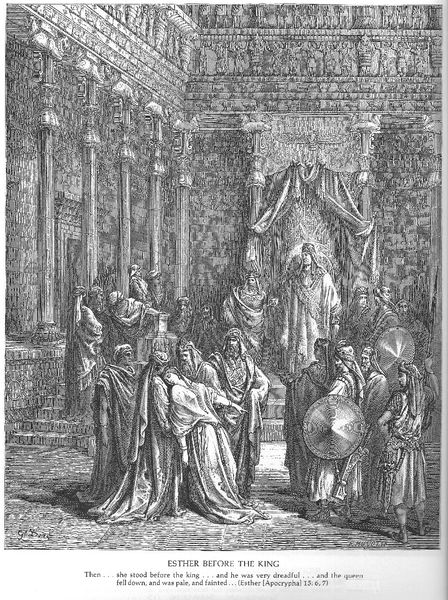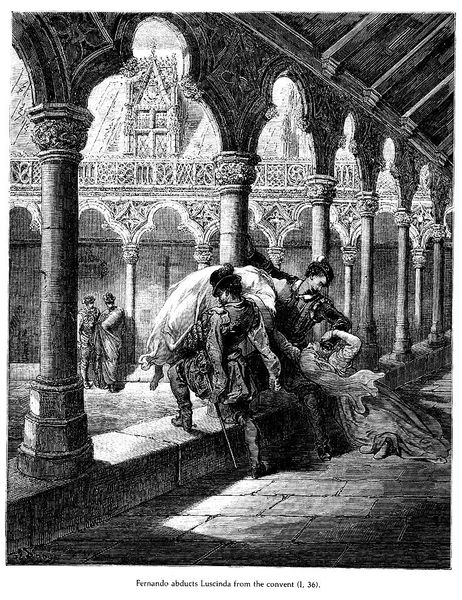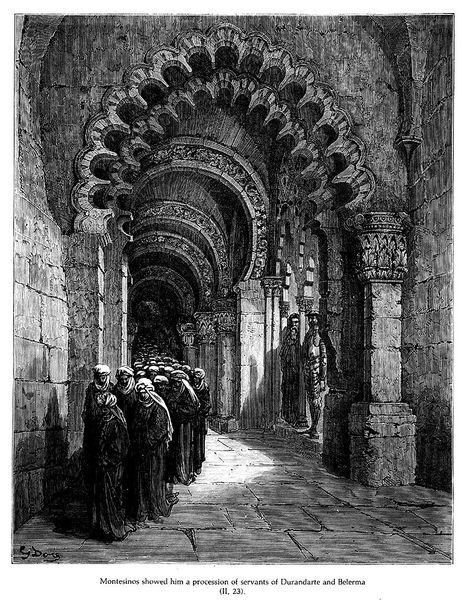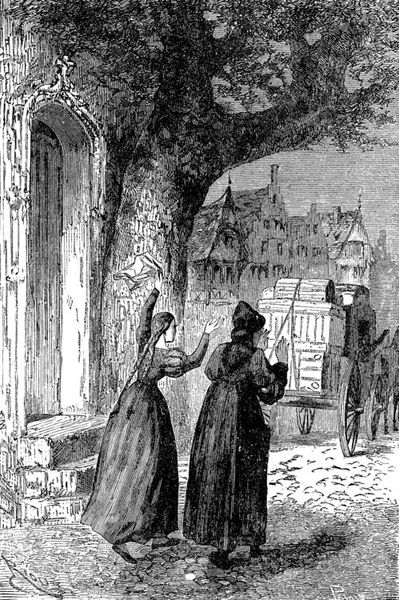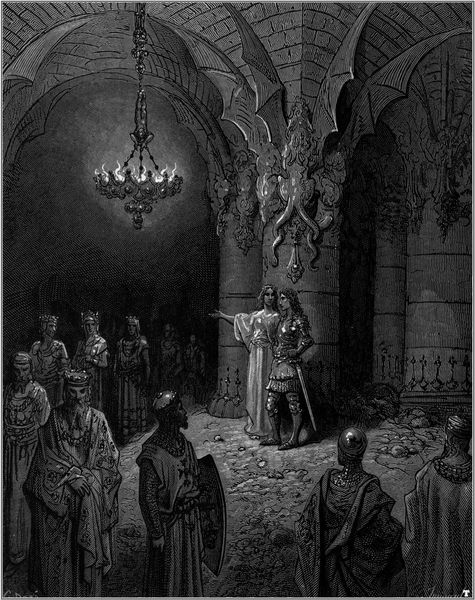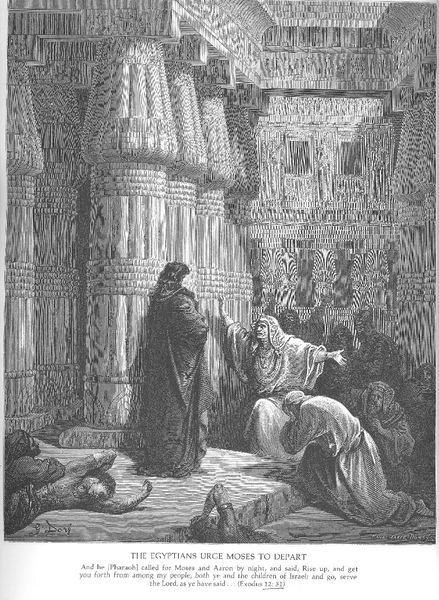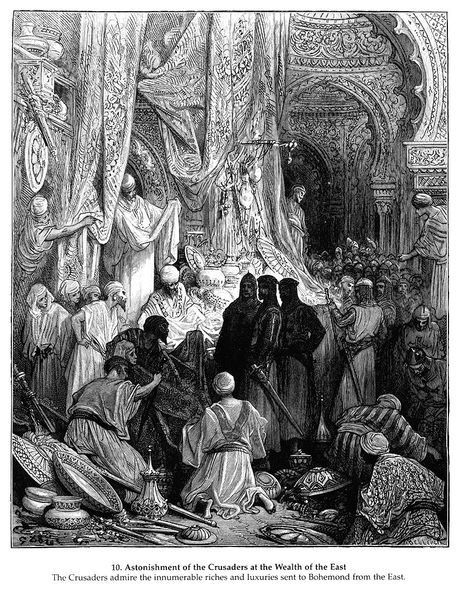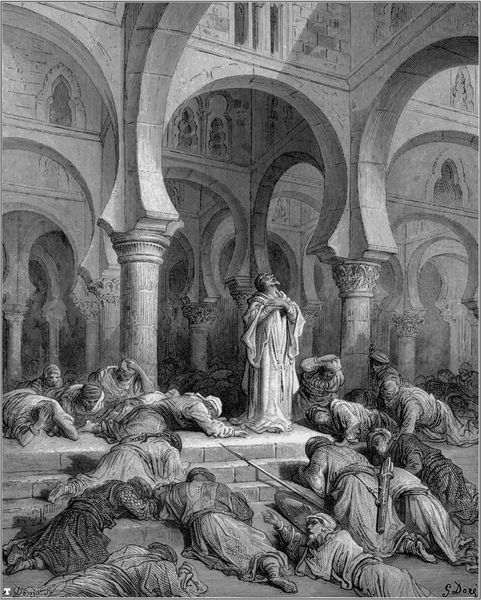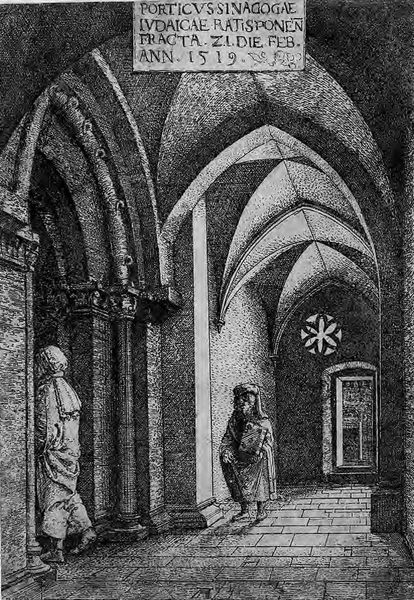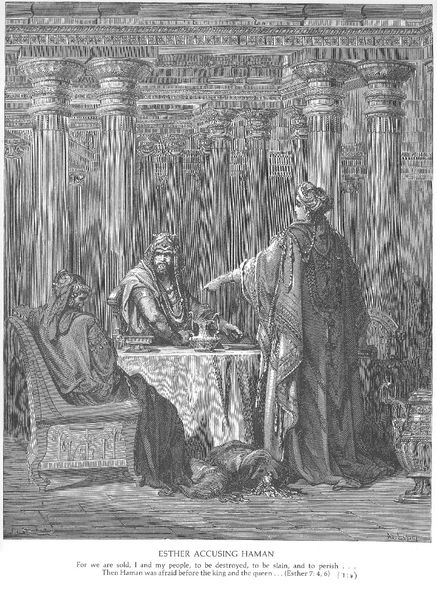
drawing, print, photography, engraving
#
drawing
#
narrative-art
# print
#
landscape
#
figuration
#
photography
#
romanticism
#
black and white
#
arch
#
history-painting
#
engraving
Copyright: Public domain
Gustave Doré created this illustration for an edition of Don Quixote using a technique called wood engraving. It's not as simple as drawing on wood, but rather, it demands great skill and time. First, the design is meticulously transferred onto a block of dense wood, typically boxwood, and then, using specialized tools called gravers or burins, the artist cuts away the areas that will not hold ink. The remaining raised lines are what create the image. This is an intricate and laborious process, requiring careful control and precision. Given the complexity of the composition with architectural details, textures, and tonal variations, the amount of labor involved in producing this wood engraving would have been considerable. This printmaking method allowed for the mass production of images in books and newspapers, making art more accessible to a wider audience during the Industrial Revolution. So while Doré was an artist, he was also participating in a system of visual production and consumption that was driven by the needs of publishing.
Comments
No comments
Be the first to comment and join the conversation on the ultimate creative platform.

